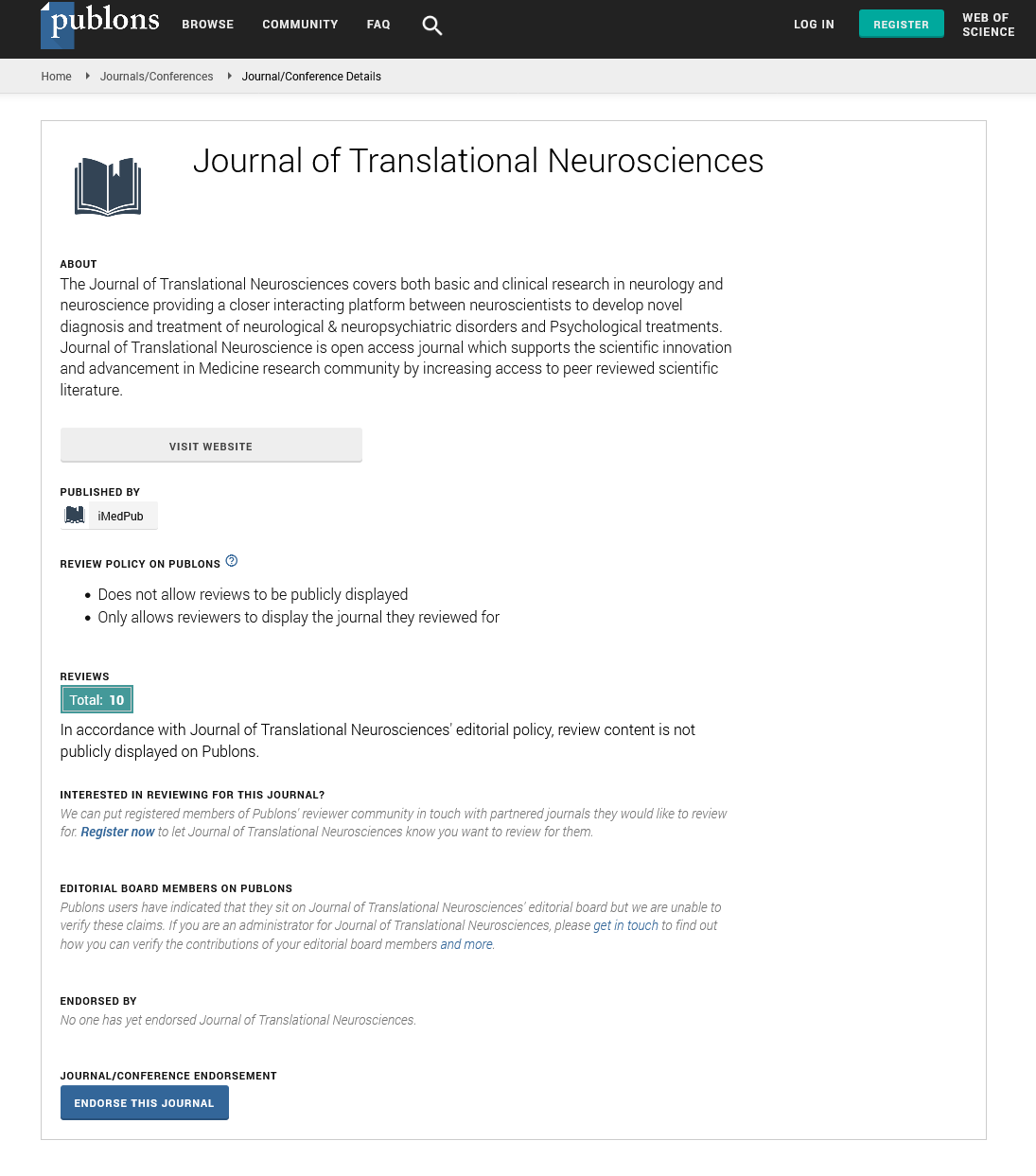Abstract
Translational Research on Amyotrophic Lateral Sclerosis (ALS): The Preclinical SOD1 Mouse Model
Amyotrophic Lateral Sclerosis (ALS) is the most common motor neuron disease and is clinically defined by the degeneration of upper and lower motor neurons, leading to paralysis and premature death. 10% of ALS patients suffer from the familial form of the disease and research has revealed a number of responsible mutations in specific genes and loci. Transgenic mouse models carrying human ALS related mutations have been generated for the study of the mechanisms involved in the disease pathogenesis and putative therapies. Mutations in the Cu/ Zn superoxide dismutase 1 (SOD1) gene, accounting for 20% of fALS and up to 5% of sALS, were the first identified to be involved in the disease. In this review, we focus on the first transgenic model used, the SOD1 mouse, which recapitulates many symptoms of the human ALS pathology. SOD1 mouse models have been extensively studied in basic and translational research, in order to unravel the underlying mechanisms, the early signs of the disorder and potential therapeutic interventions. In basic research this model has provided valuable information about ALS causes and progression. In translational research, encouraging results have emerged, but the need for better design of clinical trials is evident. This review presents the impact of the SOD1 mouse models in ALS investigation.
Author(s):
Maria Mina, Eleni Konsolaki and Laskaro Zagoraiou*
Abstract | Full-Text | PDF
Share this

Google scholar citation report
Citations : 46
Journal of Translational Neurosciences received 46 citations as per google scholar report
Journal of Translational Neurosciences peer review process verified at publons
Abstracted/Indexed in
- Google Scholar
- JournalTOCs
- China National Knowledge Infrastructure (CNKI)
- Publons
- Secret Search Engine Labs
- Euro Pub
Open Access Journals
- Aquaculture & Veterinary Science
- Chemistry & Chemical Sciences
- Clinical Sciences
- Engineering
- General Science
- Genetics & Molecular Biology
- Health Care & Nursing
- Immunology & Microbiology
- Materials Science
- Mathematics & Physics
- Medical Sciences
- Neurology & Psychiatry
- Oncology & Cancer Science
- Pharmaceutical Sciences


